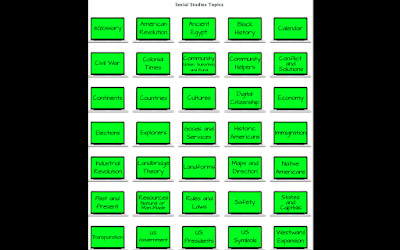 Help for struggling readers is something ever current and aspiring teacher should understand and focus on. Reading is not to be left to the reading teachers; it transcribes into ever subject and aspect of our students lives. It is important to understand the significance of reading in the classroom. Reading, as discussed before, is not just the ability to read but the ability to understand and conceptualize what one is reading. Every subject relies on the skill to read in order to experiment, analyze, and understand the material being presented. The skills to help a struggling reader can exceed any skills on content area. Anyone can regurgitate information if they have been in a classroom themselves before. The true test of a successful teacher is the capacity to explain the subject matter in an engaging and thoughtful way and aid students in their academic struggles; by this I mean, helping students understand the material, which means helping them read.
Help for struggling readers is something ever current and aspiring teacher should understand and focus on. Reading is not to be left to the reading teachers; it transcribes into ever subject and aspect of our students lives. It is important to understand the significance of reading in the classroom. Reading, as discussed before, is not just the ability to read but the ability to understand and conceptualize what one is reading. Every subject relies on the skill to read in order to experiment, analyze, and understand the material being presented. The skills to help a struggling reader can exceed any skills on content area. Anyone can regurgitate information if they have been in a classroom themselves before. The true test of a successful teacher is the capacity to explain the subject matter in an engaging and thoughtful way and aid students in their academic struggles; by this I mean, helping students understand the material, which means helping them read.
The main concepts addressed in Chapter 11: Help for Struggling Readers— in the textbook Subjects Matter—include: “creating supportive relationships, model thoughtful reading, promote self-monitoring, use materials students can successfully read, but also give them extensive support for more challenging texts, build engagement with text, and provide books and materials in various formats” (281). With supportive relationships in the classroom, students can feel more comfortable and confident approaching the teacher with questions and will be able to manage the failures they encounter more advantageously. Comfort is something that is necessary in my classroom. The classes I exceled in at a young age were the teachers I loved or the teachers I felt comfortable approaching with a problem. My grades and academic success plummeted in classrooms that I was afraid of the teacher. I never want to be the teacher that everyone is scared of, yet I will not be the teacher that is too easy. I want to challenge my students, however, I decided to be a middle school teacher because I want to help children in every aspect of their lives in this tumultuous time. I want to lead by example and allow children to have high aspirations in my classroom.
 Becoming a middle school teacher has a lot of pressure attached to it. Not only are you tasked with academically preparing your students, but you also have to cultivate skills that become the backbone of study habits and reading ability for the rest of their lives. Every student is different and requires a different approach. Therefore, showing an array of different ways or skills to complete a task is only beneficial in a large room of middle schoolers. With the academic side of the responsibilities of a teacher covered, there is also the emotional support and comfort that is expected of a middle school teacher. When a student feels comfortable in a classroom it shows the competency of the teacher and the strength of the student.
Becoming a middle school teacher has a lot of pressure attached to it. Not only are you tasked with academically preparing your students, but you also have to cultivate skills that become the backbone of study habits and reading ability for the rest of their lives. Every student is different and requires a different approach. Therefore, showing an array of different ways or skills to complete a task is only beneficial in a large room of middle schoolers. With the academic side of the responsibilities of a teacher covered, there is also the emotional support and comfort that is expected of a middle school teacher. When a student feels comfortable in a classroom it shows the competency of the teacher and the strength of the student.
WC: 487










